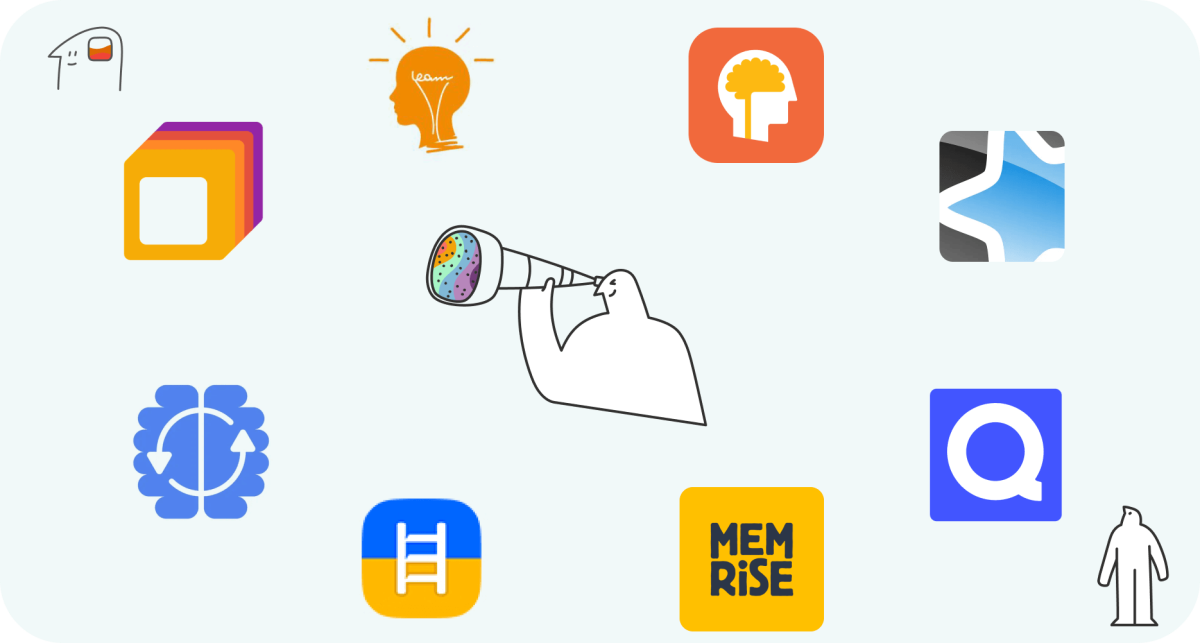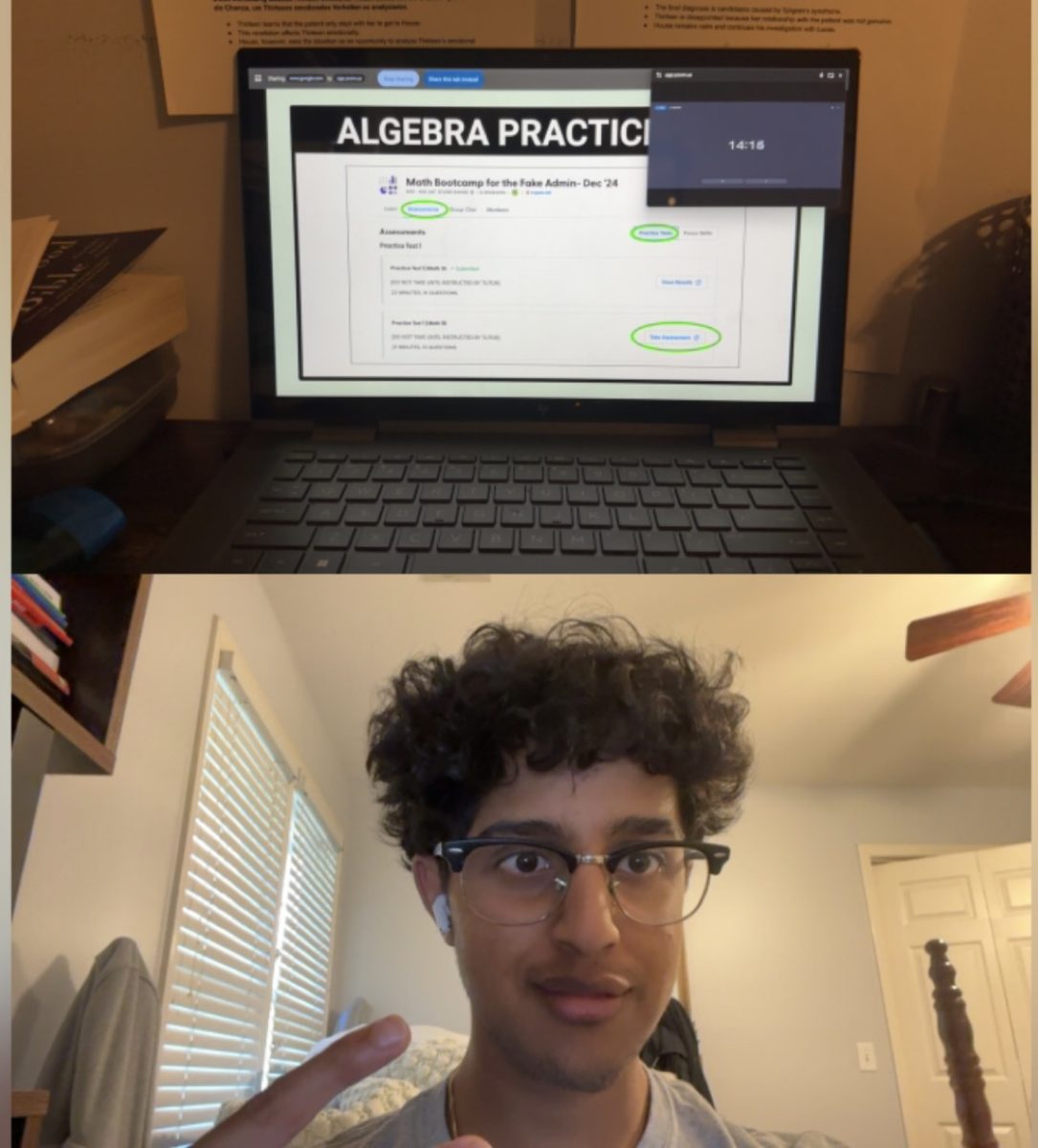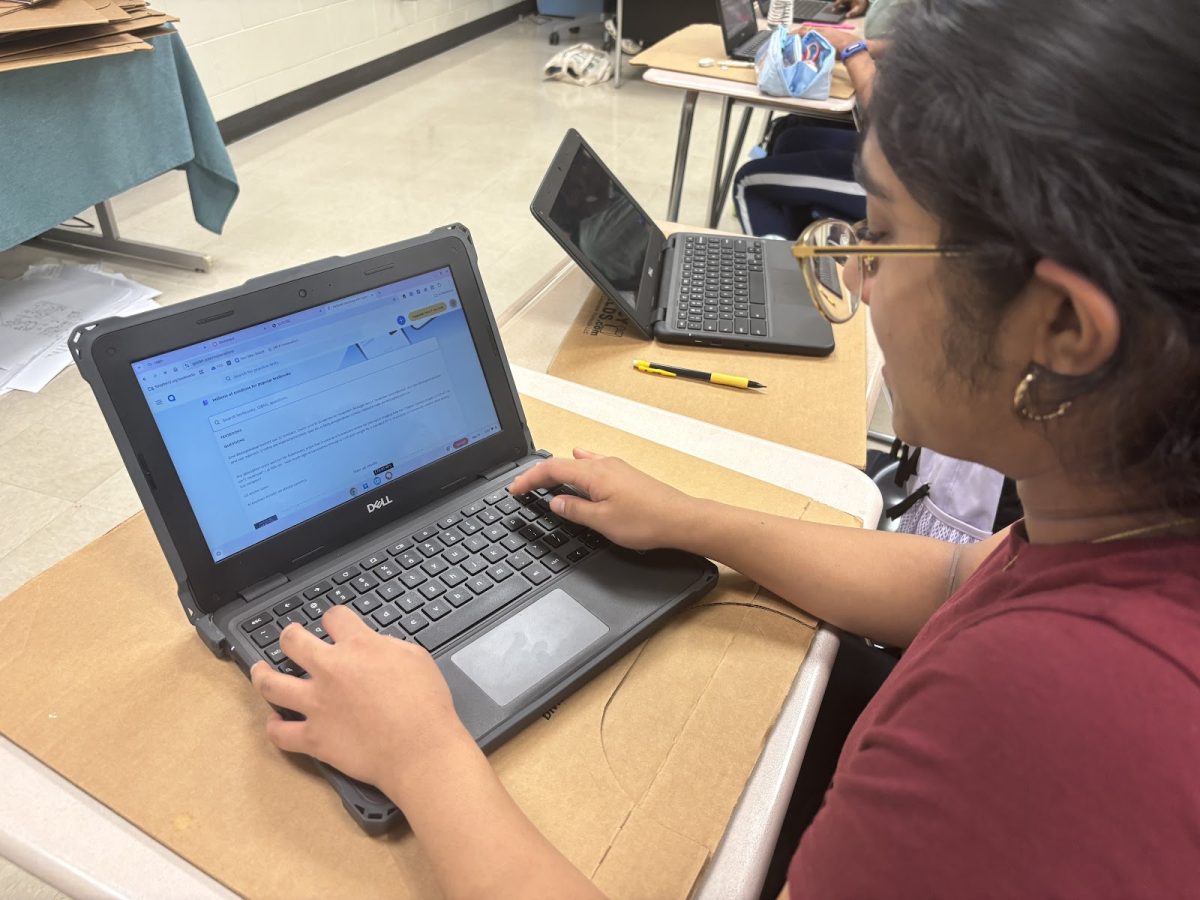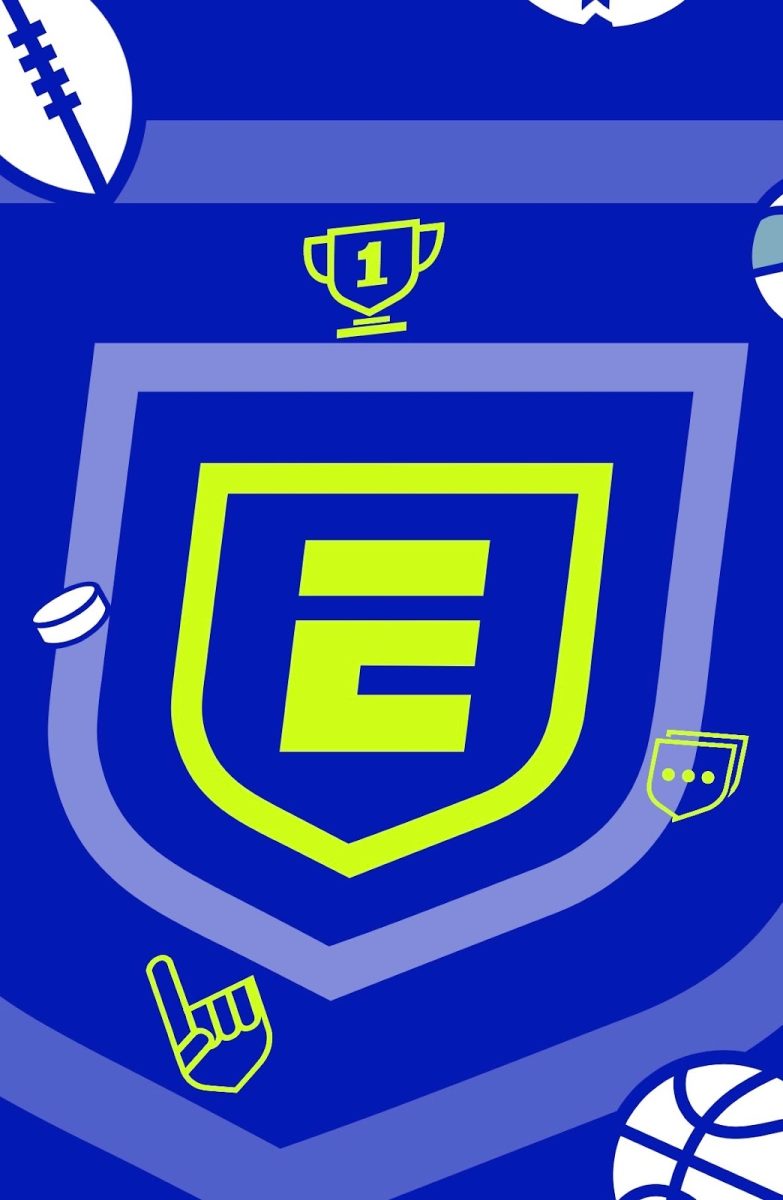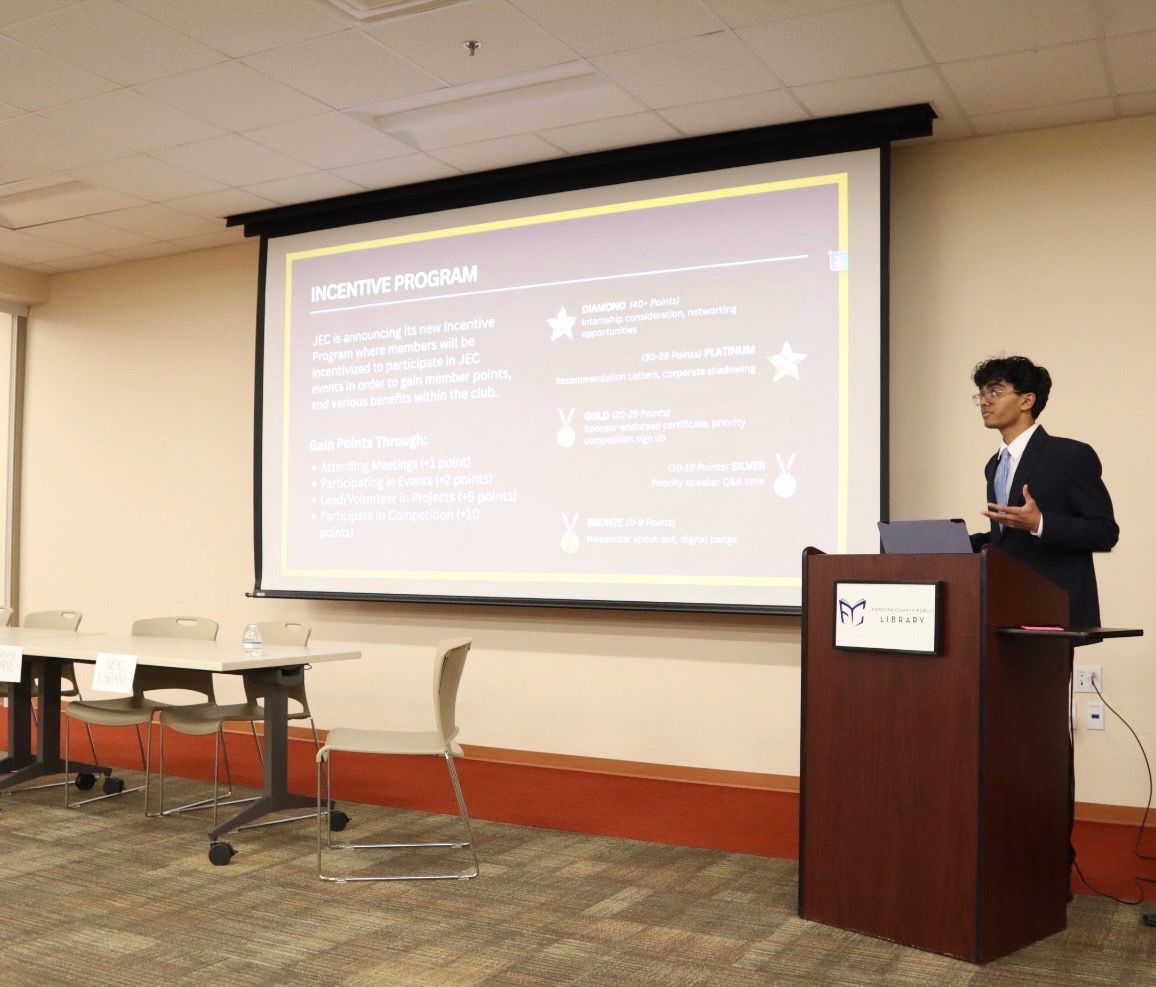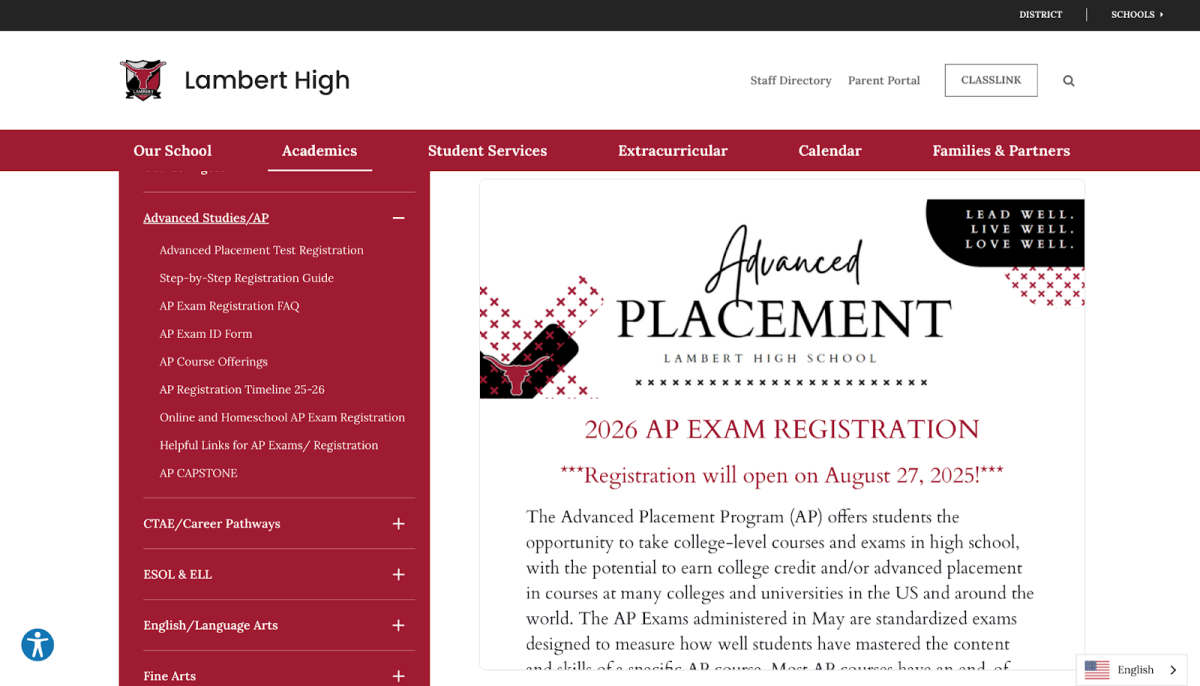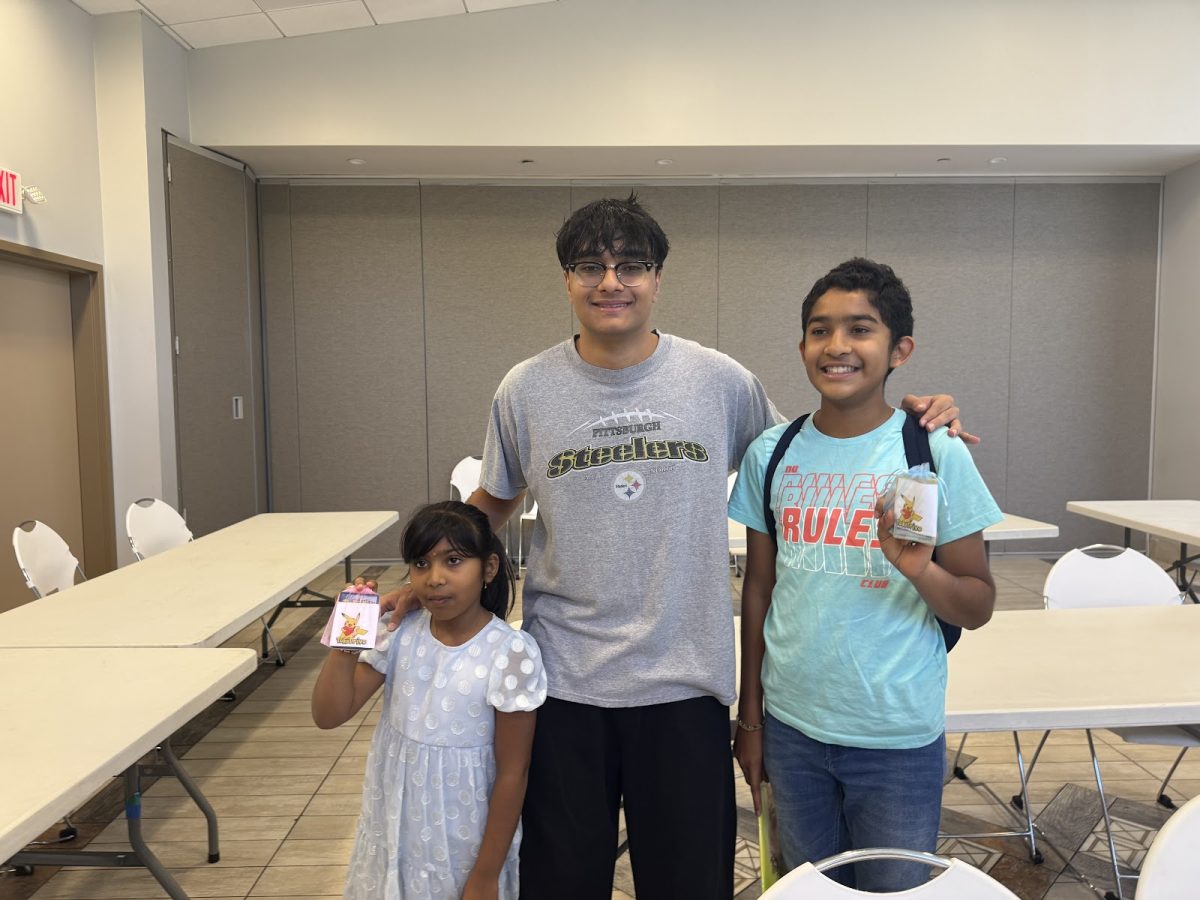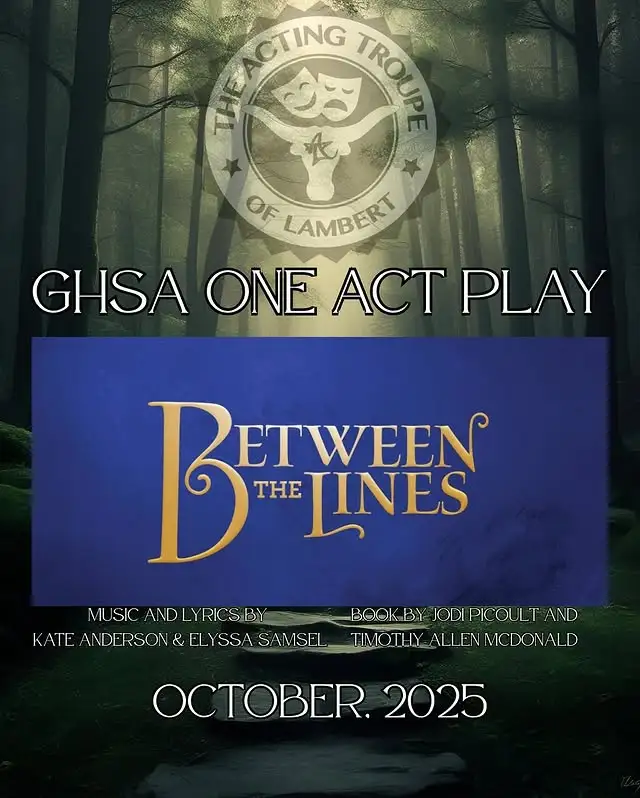In today’s dopamine-driven digital landscape, the art of the scroll has become a common phenomenon among social media users, especially in younger generations. With endless short-form content available on apps like Tiktok, Instagram and others, experts caution against the dangers associated with mindless scrolling, warning that these frequent hits of dopamine could result in lowered attention spans, anxiety, depression and long-term cognitive deficiency in susceptible youth. While these issues have been well-defined in the public sphere for the past few years, a new trend has emerged that claims to reverse the negative effects of ‘doomscrolling’ and make users smarter. This proposed ‘holy grail’ of a solution? Microlearning apps.
The concept of microlearning dates back to 1963 when it was first referenced in Hector Correa’s novel, “The Economics of Human Resources.” Essentially, the term delineates breaking up the learning process into smaller, bite-sized chunks digestible to a general audience—a system that has been extrapolated into the digital realm through artificial intelligence (AI) and predictive algorithms.
This trend caught on after the success of language-learning apps like Duolingo and Babbel which allowed users to practice and learn foreign languages in a structured yet fun, game-like setting. Developers of microlearning apps have expanded on said success into subjects like math, science and philosophy, building short pathway-style lessons with built-in rewards for progress and learning to motivate users. Moreover, these apps are heavily marketed on existing social media platforms as a sort of ‘magic pill’, claiming that five minutes a day can make users more intelligent.
While the actual benefit of these apps has been contentiously debated, many Lambert students have made the leap and tried out microlearning for themselves.
“It feels more rewarding to learn instead of just scrolling through random content,” Lambert senior Shyam Sivan said. “[Microlearning] puts you in control of your screen and not the other way around.”
Clearly, microlearning apps offer the distinct benefit of making learning as convenient and fun as traditional social media sites. Users aiming to be productive online while still finding a way to unwind have found these apps to be a perfect balance between the two, allowing them to make systematic progress towards their learning goals in an enjoyable environment. Furthermore, the apps’ predictive modeling algorithms create a personalized user experience by generating content, learning plans and resources tailored to the individual. This further enhances the appeal of such apps among the general digital populace, making complex subjects comprehensible, accessible and fun in place of more mindless social media consumption habits.
However, the microlearning trend also boasts a lesser-known dark side. Most of the content on these applications is shortened to only the main points, omitting key details and deeper perspectives that results in an extremely limited understanding of the topic at hand. For instance, platforms like Blinkist and iSpring offer seemingly concise summaries and resources for bestseller nonfiction and self-improvement novels, but in the process, the intricate storytelling and relevant details that make the book memorable are often stripped out.
“[Microlearning apps] look interesting on the surface, but I don’t think absorbing educational content through short-form methods is effective enough for me to use it,” Lambert senior Aditya Lagu explained. “It’s too TikToky for me to take it seriously and they’re all almost always paid.”
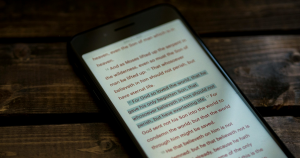
This shortcutted learning process can make for a one-dimensional perspective, giving users a potentially incomplete view of core concepts. Additionally, critics report that content is often factually incorrect and poorly vetted, raising concerns about the growing role of AI in the educational sphere—a facet that microlearning apps rely heavily on. In a world where information can easily be weaponized, the possibility of misinformation reaching a wide digital audience through these platforms is one that actively threatens today’s interconnected global society. The short-form, bite-sized nature of the microlearning process also makes long-term retention difficult—a theme rooted in the social media origins of modern-day learning applications. While microlearning offers a host of potential benefits, the various deficiencies associated with these platforms have begged the question: are these apps truly better alternatives to traditional social media sites?
In their current state, short-form learning sites lack the accuracy and sustainability that the typical deep learning process is supposed to provide. While mindlessly scrolling through Tiktok or Instagram comes with its problems, many argue that a controlled, sporadic use of such platforms would be a more enjoyable experience compared to the often unfulfilling pseudo-learning regimen offered by microlearning apps. However, as algorithms grow smarter and AI continues to develop, the core issues currently associated with the latter are likely to dissipate, providing an effective and enhanced experience for prospective learners without the pitfalls of the present. The microlearning trend, if played well, can truly result in a valuable educational asset to aid prospective learners of the future.
As debates surrounding social media use intensify, the microlearning space is sure to become a more integral part of these conversations as a viable alternative to the former. While this developing industry has its own set of positives and drawbacks, only time will tell as to whether it blossoms into a revolutionary learning tool for users or fades away as another digital fad in an ever-changing technological landscape.



